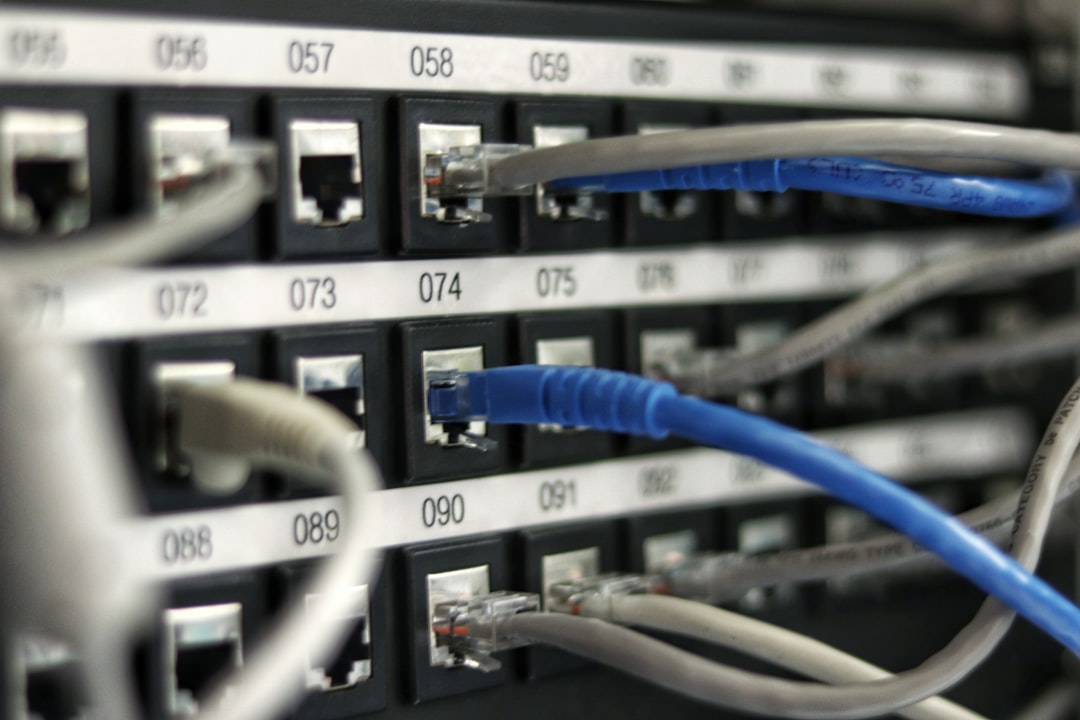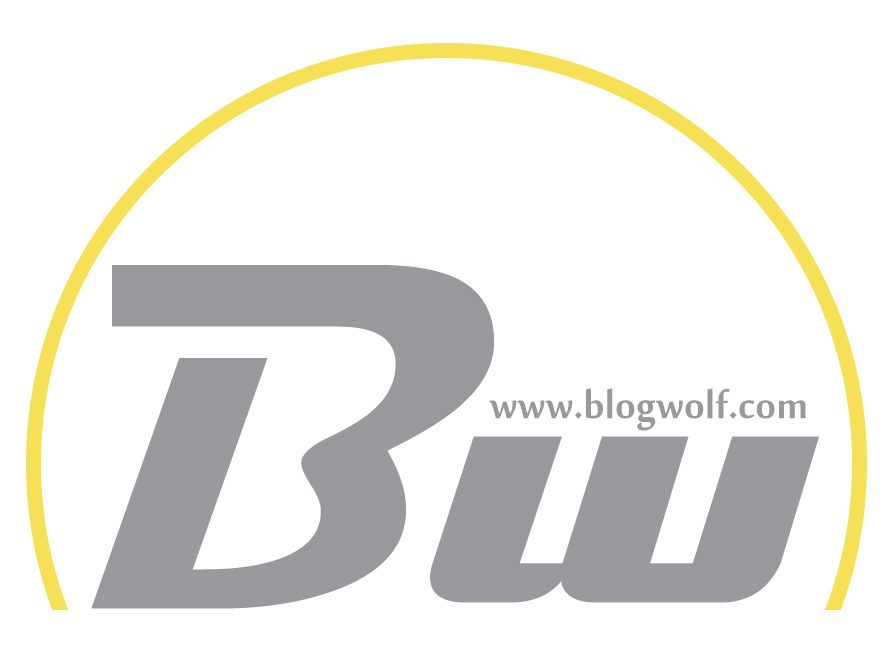Table of Contents
When managing a WooCommerce store, automation and data synchronization are critical for seamless operations and positive customer experiences. Webhooks play a pivotal role in enabling real-time communication between WooCommerce and external services. But what happens when those webhooks suddenly stop working with no warning or evident error? This article explores a real-world scenario where a web host blocked loopback requests, causing WooCommerce webhooks to fail silently — and how a clever cURL patch brought the entire pipeline back to life.
TL;DR
When a web host blocked internal loopback requests, WooCommerce webhooks failed because they could no longer communicate with the site’s own API endpoints. This led to missed order updates, broken third-party integrations, and operational bottlenecks. The issue was resolved by patching HTTP requests to re-route through cURL, bypassing the server’s loopback restrictions. This fix restored webhook functionality without needing to change hosting providers or WooCommerce configurations.
The Silent Failure of Webhooks
WooCommerce webhooks are designed to notify third-party services or internal APIs when specific events occur — like order creation, product updates, or customer account changes. For teams relying on these for inventory management, CRM updates, or fulfillment workflows, uninterrupted data flow is not just preferred — it’s essential.
But for one online store, a sudden stop in webhook deliveries went unnoticed for days, resulting in delayed shipments, missed notifications, and a significant drop in customer satisfaction. There were no fatal errors in WordPress, and outbound requests appeared to initiate, but the expected events didn’t reach their destinations. Upon closer examination, the problem wasn’t WooCommerce itself — it was the server configuration.
Loopback Requests: What Are They and Why They Matter
A loopback request occurs when a server tries to connect to its own internal IP or domain address — often 127.0.0.1 or localhost. In WordPress, loopback is used for scheduled tasks (WP-Cron), theme checks, and webhook triggers that might route back to internal endpoints for processing or verification. When blocked, the website essentially loses the ability to talk to itself. For WooCommerce, this means webhooks can’t reach the REST API endpoints if they reside on the same domain.
Why do hosts block loopback requests in the first place? It boils down to security and server performance. Some managed hosting providers, especially those using containerized or shared instances, perceive internal HTTP calls as potential security risks or inefficiencies. So, they disable them — often without notifying users.

Symptoms of a Loopback Blockage
The impacted WooCommerce store exhibited the following behavior:
- No webhook data being received by third-party endpoints
- WooCommerce webhook logs showed timeouts or pending statuses
- Scheduled actions (via Action Scheduler) failed or stalled
- REST API requests to the same domain returned 504 or 403 errors
Initially, the development team suspected plugin conflicts or WooCommerce bugs. But after rolling back updates and isolating the issue, the problem persisted — until someone tested direct curl commands to local endpoints from the server’s shell. The loopback requests were being silently dropped or denied by the host’s firewall rules.
The cURL Patch that Fixed Everything
The breakthrough came when the developers tried bypassing WordPress’s built-in HTTP functions, like wp_remote_post(), which rely on fsockopen or streams depending on the server’s configuration. Instead, they injected custom logic to make these requests using PHP’s cURL library, which is more flexible in handling SSL, headers, timeouts, and proxy settings.
Here’s a simplified version of the patch used to replace WordPress’s HTTP calls internally:
function custom_webhook_relay($url, $payload) {
$ch = curl_init($url);
curl_setopt($ch, CURLOPT_RETURNTRANSFER, true);
curl_setopt($ch, CURLOPT_HTTPHEADER, array(
'Content-Type: application/json'
));
curl_setopt($ch, CURLOPT_POST, true);
curl_setopt($ch, CURLOPT_POSTFIELDS, json_encode($payload));
$response = curl_exec($ch);
curl_close($ch);
return $response;
}
By using cURL directly, the function could perform external-looking requests to the same domain without tripping the host’s loopback block. This restored communication with the WooCommerce REST API and allowed webhooks to fire once again.
Why cURL Works When Others Fail
Unlike native PHP methods or WordPress wrappers, cURL tends to perform better in restrictive environments because:
- It uses its own SSL engine, avoiding shared SSL ciphers that can be blocked
- It can follow redirects and handle domain aliasing more robustly
- It easily supports user-agent spoofing and custom headers
In shared or container-based hosting, these features make cURL requests less prone to triggering security alarms. Additionally, developers can route these requests through proxies or VPNs if needed.
Permanent vs. Temporary Solutions
While the cURL patch offered immediate relief, the long-term solutions vary depending on your hosting environment and needs:
- Request Loopback Support: Some hosts may whitelist internal domains if you can justify the use case. Contact support first.
- Route Webhooks via External Proxy: If you host an API externally (e.g., through AWS Lambda or Firebase), make outgoing requests through that pipeline instead of internal redirects.
- Change Hosting Providers: Providers like SiteGround, Kinsta, or Cloudways offer environments with better webhook support by default.

Monitoring Webhook Health
Once the pipeline was restored, the development team implemented ongoing webhook monitoring using:
- Custom loggers to track when each webhook fired and its status code
- Heartbeat jobs that post dummy data and alert on failure
- Status dashboards integrated with Slack for real-time alerts
By monitoring webhook traffic and using fallback queues (such as failed webhook retries), the store became more resilient even if issues arise again in the future.
Conclusion
In WordPress and WooCommerce, seemingly unrelated server policies can drastically impact critical functions like webhooks. When a host blocked loopback requests, a subtle and silent failure emerged that took time and technical expertise to decode. But with a creative workaround using cURL, the store restored its data pipeline and regained operational control. This story serves as a reminder to monitor integrations actively and question server defaults when things break inexplicably.
FAQ
-
What is a loopback request?
A loopback request occurs when a server connects to itself via its own IP or domain. In WordPress, these are used for internal APIs, cron jobs, and webhook handling. -
Why did my WooCommerce webhook stop working with no errors?
If loopback HTTP requests are blocked by your server, WooCommerce may not be able to reach its own API endpoints, causing webhooks to fail silently. -
How can I tell if loopback requests are blocked?
Try triggering a request to your own domain from the server command line using cURL. If it times out or returns an error, loopback may be restricted. -
What does the cURL patch do?
The cURL patch bypasses WordPress’s internal HTTP request system and initiates direct requests using the cURL library, which can often avoid server-imposed restrictions. -
Is it safe to rely on cURL for internal requests?
Yes, if implemented correctly. cURL provides more fine-grained control over HTTP requests and can be a more stable alternative in restrictive environments.
